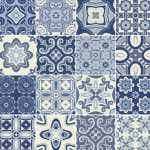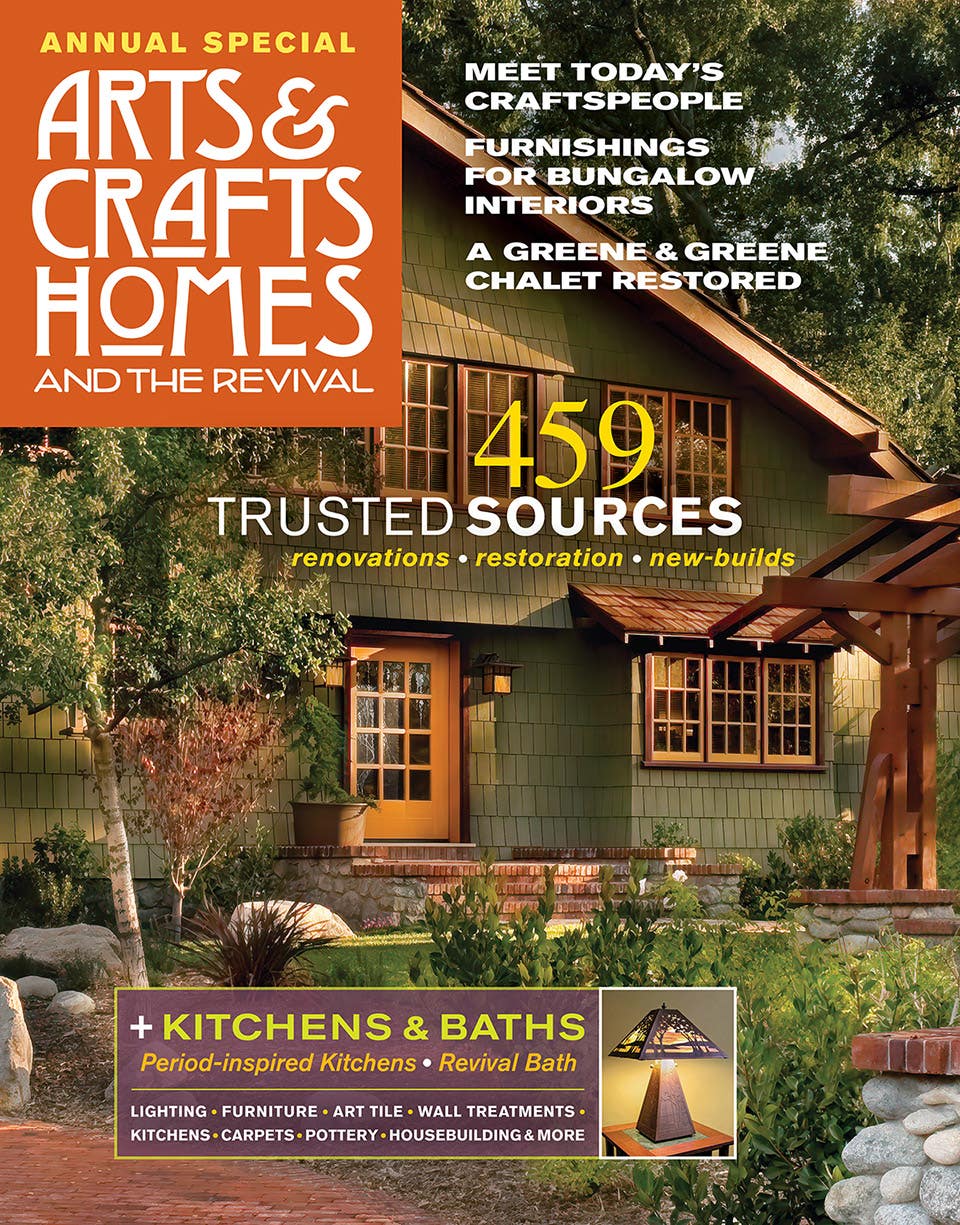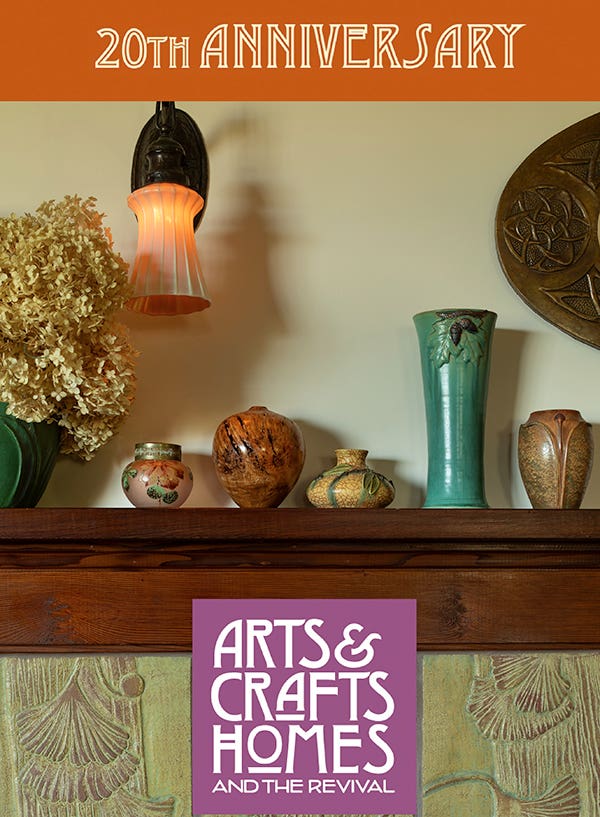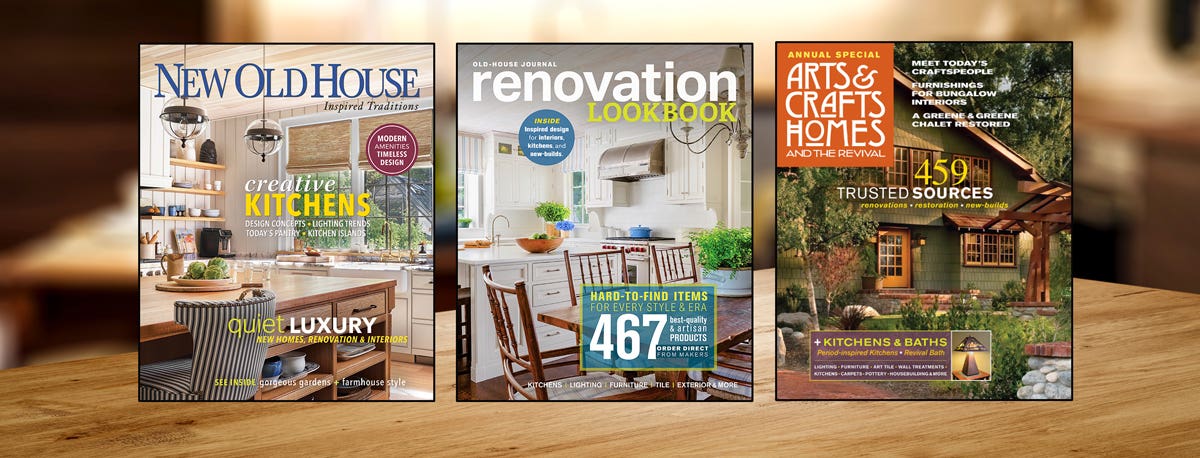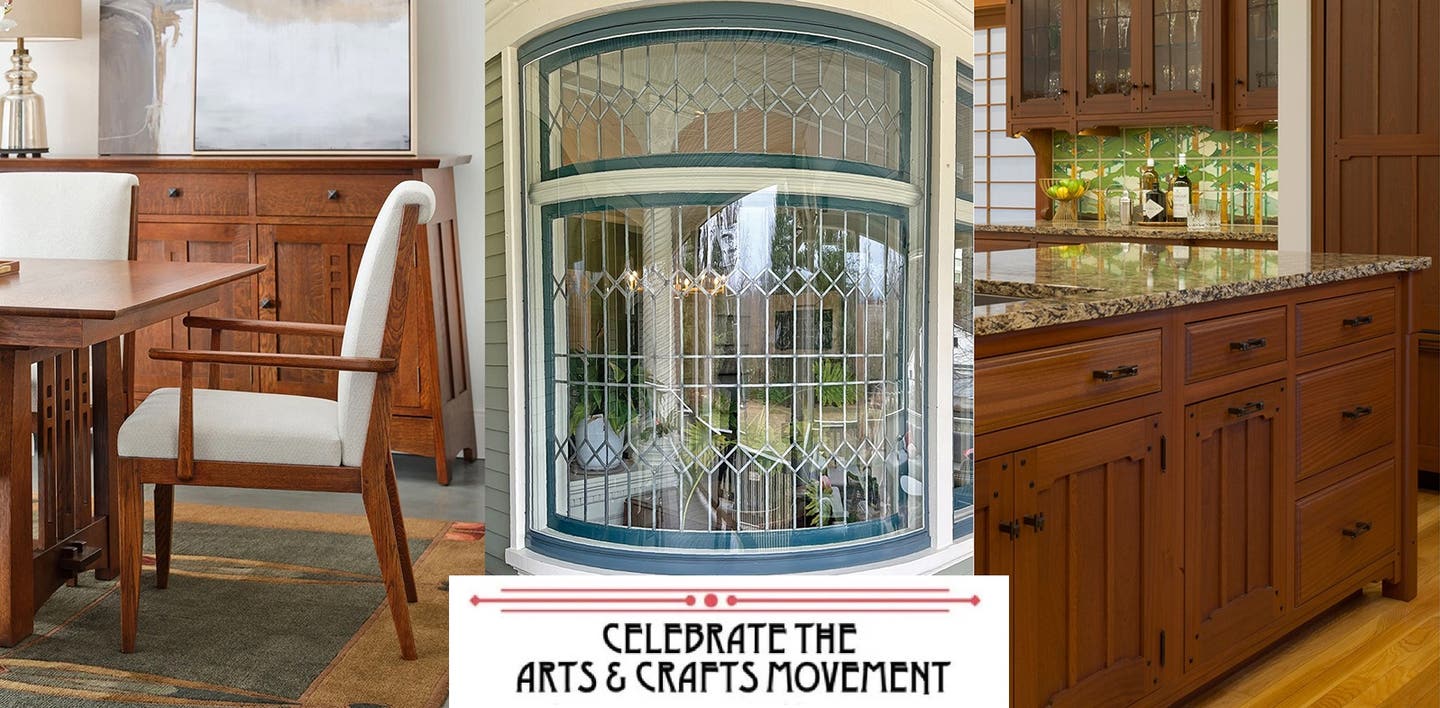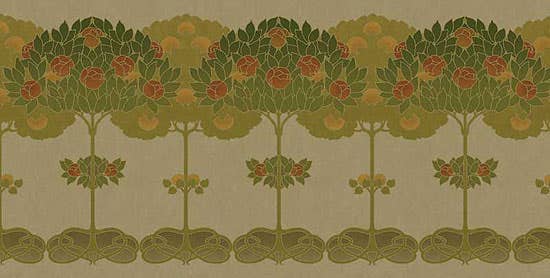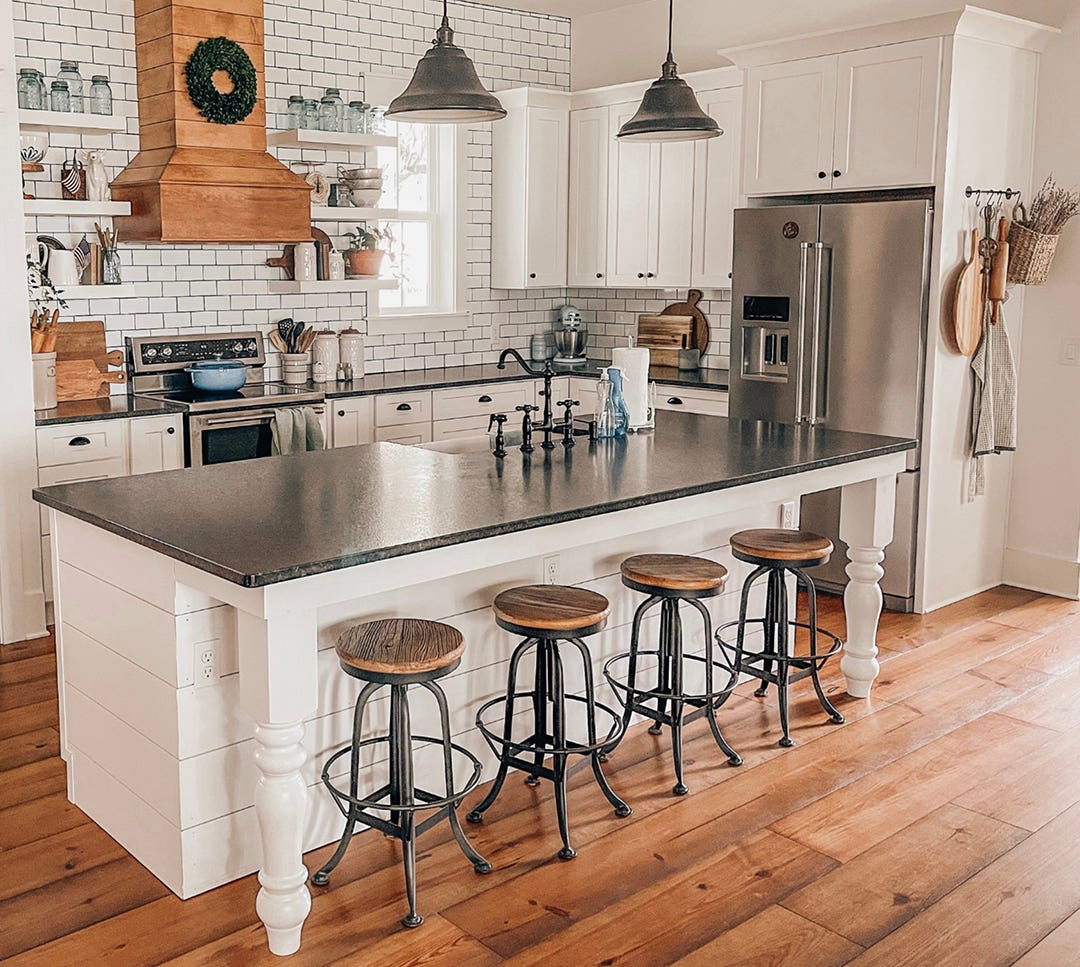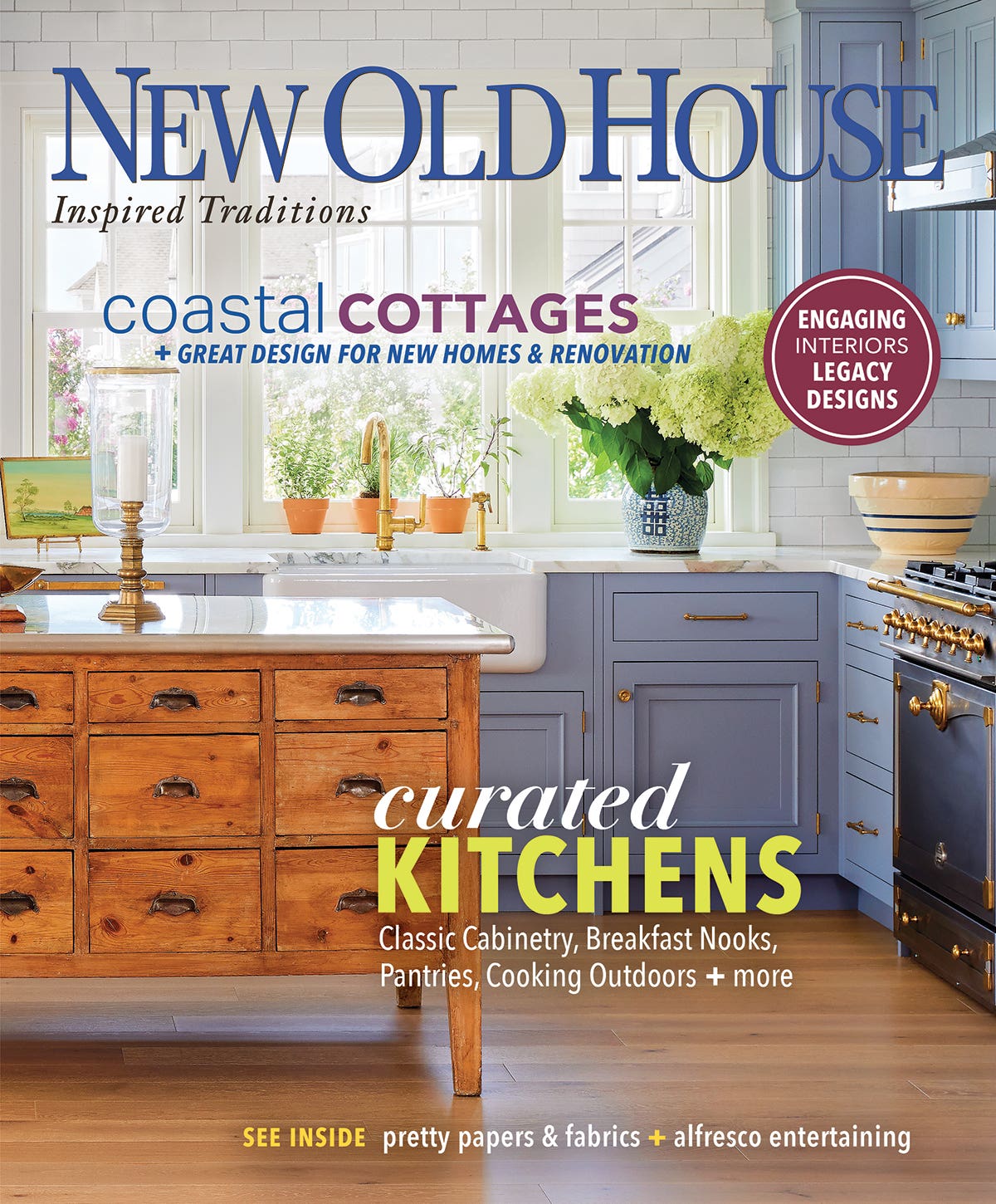Arts & Crafts for a Lifetime
A Note from the Editor: If you had any doubt about the breadth of the Arts & Crafts movement, the book reviews in this issue should convince you: Baillie Scott,…
A Note from the Editor:
If you had any doubt about the breadth of the Arts & Crafts movement, the book reviews in this issue should convince you: Baillie Scott, Stickley, and Greene & Greene, together on one spread. Their work is proof that Arts & Crafts is not a “style,” but an approach to design and living. I look at Stickley as East Coast, old Europe, egalitarian, and vernacular. Greene & Greene embraced the California Dream, Japanese design, and the finest of materials and craftsmanship. (Gustav Stickley, of course, published the Greenes’ work in his magazine, as well as the “Midwest bungalows” of Frank Lloyd Wright and the Prairie School.)
My own heart belongs to English Arts & Crafts houses, and not because it’s in my genes. Maybe it goes along with my affinity for New England, and the fact that my house is a shingled, Tudoresque beach cottage trying to conjure up Elizabethan England. Most likely, it’s that the houses are wonderful; no one ever did it better than Morris, Webb, Voysey, and Baillie Scott.
English-derived Arts & Crafts houses are in evidence, too, on this side of the Atlantic. Look at the work of American architects H.H. Richardson, William Ralph Emerson, Bruce Price, John Calvin Stevens, Wilson Eyre, and Ralph Adams Cram. Still, I’ve found that our steep-roofed, multi-gabled, often stuccoed houses, or the “Tudorbethan” type built from the 1890s through about 1918, often go unrecognized. If any of this sounds like it might describe your house, the new Baillie Scott book offers you recognition and inspiration.
Subscribe to Arts & Crafts Homes, or pick up an issue at your favorite bookstore or newsstand. Order back issues through the Old-House Bookstore or call (800) 850-7279.
New in this issue: Motifs of the Revival, on the last page. Some motifs recur: pendants, acorns, ginkgo leaves. What’s the symbolism, and where do these designs show up? Illustrated with the beautiful work of contemporary artisans, this page will answer those questions. First up is the cypress tree. “Cypress” is, incidentally, a current DalTile field color, the name of a plan for an English cottage from The Bungalow Company—and the color of a boys’ shirt from L.L. Bean.
Patricia Poore, Editor
ppoore@homebuyerpubs.com
10 Harbor Rd., Gloucester, MA 01930
Patricia Poore is Editor-in-chief of Old House Journal and Arts & Crafts Homes, as well as editorial director at Active Interest Media’s Home Group, overseeing New Old House, Traditional Building, and special-interest publications.
Poore joined Old House Journal when it was a Brooklyn-brownstoner newsletter in the late 1970s. She became owner and publisher and, except for the years 2002–2013, has been its editor. Poore founded the magazines Old-House Interiors (1995–2013) and Early Homes (2004–2017); their content is now available online and folded into Old-House Journal’s wider coverage. Poore also created GARBAGE magazine (1989–1994), the first unaffiliated environmental consumer magazine.
Poore has participated, hands-on, in several restorations, including her own homes: a 1911 brownstone in Park Slope, Brooklyn, and a 1904 Tudor–Shingle Style house in Gloucester, Massachusetts, where she brought up her boys and their wonderful dogs.
